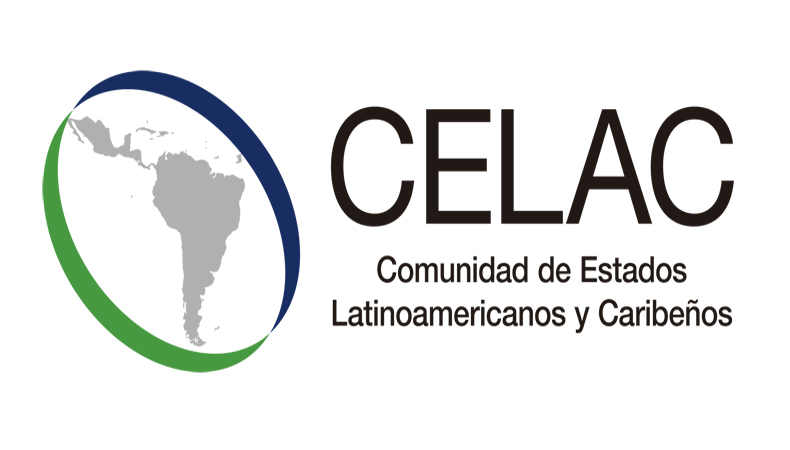
A few days away from the ninth anniversary of the Proclamation of Latin America and the Caribbean as a Zone of Peace, adopted by CELAC in Cuba, the region moves forward today with that premise as its bulwark.
By Maylín Vidal
A few days away from the ninth anniversary of the Proclamation of Latin America and the Caribbean as a Zone of Peace, adopted by CELAC in Cuba, the region moves forward today with that premise as its bulwark.
On January 29, 2014, with Havana as host and the presence of several heads of state from the 33 countries of the area, the Community of Latin American and Caribbean States (CELAC) raised its voice and left on this side of the world a document that has become a permanent commitment to peace and stability in the region.
At that historic Second Celac Summit, on behalf of their peoples, the heads of state and government of the 33 countries of this regional mechanism ratified their commitment to the Purposes and Principles enshrined in the Charter of the United Nations and International Law.
Since then, this has been a key proclamation to advance towards unity in diversity and common objectives in the region.
Tomorrow, with Buenos Aires as host capital, the leaders will ratify in their VII Summit the validity and importance of this core document of CELAC.
With a call to continue advancing in integration and key demands still pending, in this long road to reach Argentina, now president pro tempore, the bloc has ratified at different times the will to achieve unity, welfare, peace and security of the peoples.
In this direction, it has also made it clear that Latin America is a zone of peace and is free of nuclear weapons. This was ratified here in Buenos Aires by the Celac foreign ministers at their most recent meeting in November last year.
On that occasion, they reaffirmed that Celac is the only mechanism for dialogue and consultation that brings together the 33 countries of Latin America and the Caribbean, and represents the highest expression of the will to achieve unity in diversity on the basis of a common agenda.
They also recalled that "Latin America and the Caribbean is a zone of peace, formally proclaimed at the II Summit, a nuclear-weapon-free zone, which advocates the peaceful settlement of disputes in the region and in the world".
They also reiterated the validity of a system based on friendly and cooperative relations among themselves and with other regions and countries on a reciprocal basis in order to banish forever the use and threat of the use of force.
In the midst of several world conflicts, tensions and political crises, the Proclamation acquires greater validity from the Celac, today with a Latin America and the Caribbean that bets with firm steps to advance in unity within diversity.

